PG Diploma in IOT & Embedded System
100% JOB Assured with Globally Accepted Certificate
Intermediate
PG Diploma in IOT & Embedded System
100% JOB Assured with Globally Accepted Certificate
Overview
Internet of Things (IoT) Course for Working Professionals
Description
At Cranes Varsity, where we offer an exclusive Internet of Things (IoT) course tailored specifically for working professionals like you. In today’s fast-paced digital landscape, staying updated with the latest technologies is essential to advance your career. Our IoT course provides you with the opportunity to enhance your skills, broaden your knowledge, and remain at the forefront of the Internet of Things (IoT) revolution.
Understanding the time constraints faced by working professionals, the Job Assured Program offers flexible learning options. Participants can choose from weekend classes or evening batches to suit their schedules. This flexibility enables individuals to balance their work commitments while upgrading their skills and knowledge in embedded systems and IoT Course.
Flexible and Convenient IoT Online Course - Study at Your Own Pace, Earn Certification
This IOT Online Course with Certification is specially designed for a working professional who can acquire a wealth of knowledge from an embedded and IoT course. This specialized training equips individuals with skills in developing embedded systems and harnessing the power of the Internet of Things (IoT). Participants gain expertise in C and Linux Programming, ARM/ STM Programming, real-time operating systems, sensors, IOT protocols, cloud connectivity, and IOT Analytics enabling them to create innovative IoT solutions and capitalize on the growing demand for connected devices in various industries. With this course, professionals can tap into the vast opportunities presented by the IoT revolution, advance their careers, and contribute to the cutting-edge technologies shaping our interconnected world. You will be capable of designing and implementing smart and connected systems for various industries, including home automation, healthcare, industrial automation, and more.
IoT Certification Courses with placements equips you with the necessary knowledge and skills to excel in a career as an IoT specialist, creating innovative solutions for the rapidly expanding IoT landscape.
The Placement Assured Program for PG Diploma in IOT and Embedded Systems at Cranes Varsity in Bangalore ensures a seamless transition from learning to employment. Throughout the program, you will receive comprehensive training in embedded systems which includes programming in C, Linux, Programming on Microcontroller, RTOS development, & in IOT you will learn edge node and gateway development, IOT analytics, IOT security, deployment to cloud and their integration. You will also have an understanding of SDLC, Devops and Verification & Validation methodologies. You will also learn model development using Matlab and Simulink. The curriculum focuses on industry-relevant skills, practical projects, and hands-on experience.
Understanding the time constraints faced by working professionals, the Job Assured Program offers flexible learning options. Participants can choose from weekend classes or evening batches to suit their schedules. This flexibility enables individuals to balance their work commitments while upgrading their skills and knowledge in embedded systems and IoT.
After completing a PG Diploma in Embedded and IoT Systems, you will possess a diverse range of capabilities. Firstly, you will have a solid understanding of embedded systems and their integration with IoT technology. You will be skilled in programming microcontrollers, sensor integration, and wireless communication protocols. Additionally, you will have expertise in developing IoT applications, data analytics, and cloud-based solutions. You will be capable of designing and implementing smart and connected systems for various industries, including home automation, healthcare, industrial automation, and more. This Iot course with placements equips you with the necessary knowledge and skills to excel in a career as an IoT specialist, creating innovative solutions for the rapidly expanding IoT landscape.
Our dedicated placement support, career development sessions, resume building, and interview preparation will enhance your employability. Our strong industry partnerships enable us to offer job placement assistance, connecting you with leading companies in the embedded and IoT sectors. We take pride in our high placement record and strive to help you launch a successful career in this exciting field.
The Placement Assured Program for PG Diploma in IOT and Embedded Systems at Cranes Varsity ensures a seamless transition from learning to employment. Throughout the program, you will receive comprehensive training in embedded systems which includes programming in C, Linux, Programming on Microcontroller, RTOS development, & in IOT you will learn edge node and gateway development, IOT analytics, IOT security, deployment to cloud and their integration. You will also have an understanding of SDLC, Devops and Verification & Validation methodologies. You will also learn model development using Matlab and Simulink. The curriculum focuses on industry-relevant skills, practical projects, and hands-on experience.
Understanding the time constraints faced by working professionals, the Job Assured Program offers flexible learning options. Participants can choose from weekend classes or evening batches to suit their schedules. This flexibility enables individuals to balance their work commitments while upgrading their skills and knowledge in embedded systems and IoT.
After completing a PG Diploma in Embedded and IoT Systems, you will possess a diverse range of capabilities. Firstly, you will have a solid understanding of embedded systems and their integration with IoT technology. You will be skilled in programming microcontrollers, sensor integration, and wireless communication protocols. Additionally, you will have expertise in developing IoT applications, data analytics, and cloud-based solutions. You will be capable of designing and implementing smart and connected systems for various industries, including home automation, healthcare, industrial automation, and more. This diploma equips you with the necessary knowledge and skills to excel in a career as an IoT specialist, creating innovative solutions for the rapidly expanding IoT landscape.
Our dedicated placement support, career development sessions, resume building, and interview preparation will enhance your employability. Our strong industry partnerships enable us to offer job placement assistance, connecting you with leading companies in the embedded and IoT sectors. We take pride in our high placement record and strive to help you launch a successful career in this exciting field.
The IoT Certification course Online is designed for those interested in learning about IoT principles and applications. By the end of the course, the student will be able to develop, implement, integrate, and test complex IoT software.
Working professionals interested to improve their expertise in IoT can join this 5-month PG diploma in IOT course, designed to cater to the needs of working professional skill improvement.
Learn IoT Online Course at Cranes Varsity
Cranes Varsity provides Working Professionals with a disciplined framework for learning and improving technical skills. They are well-planned and delivered using examples to make the lectures more fun and clear. We want to help working professionals build a broader set of skill development through rigorous upskill and reskill models.
If you are looking to get started in IoT, a certification program that’s tailored to starting companies is the right choice. The IoT Certification Courses Online will be delivered in a series of classroom-based, instructor-led sessions and self-paced on-demand learning materials.
This certification will give you the knowledge and skills to progress in your career as an IoT Specialist, IoT Consultant, Strategy Manager or Product Manager. It will also give you the opportunity to gain a full understanding of what an effective IoT strategy entails and how it can transform your business.
The training includes a series of classroom-based, instructor-led sessions and self-paced on-demand learning materials that will help you prepare for the certification exam.
With some knowledge about computer programming languages and experience in working with IoT devices, you can easily get into this industry.
Cranes Varsity provides both Online and Offline training and offers services to aspiring individuals from training to placement as part of the Internet Things of (IoT) Training Courses with over 100+ participants placed in various multinational companies including TATA Elxsi, UST Global, Genpact, Embedded UR, Symphony, Capgemini, Vodafone, NISSAN, Wipro, IBM, Tech Mahindra, Western Digital, Mphasis, Saffron, Verifone, ZF, HTC, LG Soft, Toshiba, Samsung, etc.
IoT Online Course Modules
- Fundamentals of Electronics and Embedded Systems
- Programming in C following MISRA C
- Data Structures and Algorithms
- C++
- Linux System Prog and Socket Programming
- ARM 7 & Cortex M3 programming using Embedded C
- Programming using ARM Cortex M3 based MCUàSTM32F446
- Embedded Protocols – UART, SPI, I2C
- RTOS – Hands on using Free RTOS of Amazon
- Python Programming
- Architecture and Connectivity Model
- Edge Node Computing
- IoT Protocols – MQTT, AMQP, CoAP
- Gateway Computing
- Security Using Industrial IOT
- Embedded Project development using wired/wireless technology such as GPS, GSM, BLE, Wi-Fi and sensors
- Application development based on Data Structure (eg: Flood fund releasing data, cyber management systems, Bank management system, contact management system)
- Concurrent server to replicate a chat application using socket programming.
- Ecommerce Server backend using socket programming
- IoT based Advanced Security System
- Remote monitoring and controlling using IOT communication Protocol
- Ubuntu (Linux OS, with gcc compiler)
- Lpc2129, Keil Micro vision
Course Content
- Introduction to Embedded System
- Electrostatic Discharge Essentials
- Fundamentals of Booting for Embedded Processors
- Securing Embedded Systems
- SDLC – Development Life cycles and Frameworks
- Agile – an iterative and responsive software development methodology
- Development Bible
- Development and Operations
- Embedded Testing
- IoT Security
- Introduction to C
- Data types and Operators
- Conditional Statements
- Loop Control Structures
- Modular Programming using Functions
- Storage Classes
- Working with Multiple Files
- Preprocessor
- Conditional Inclusion
- Arrays
- Strings
- GDB Debugge
- Introduction to the operating system
- Text Editors: Vim and gedit
- Finding Linux Documentation
- System Navigation command
- Manipulating Data
- Process Related commands Filtering
- Shell scripting
- Input and output
- Arithmetic Expression
- Decision making
- Looping Constructs
- Introduction to ARM Processor
- GPIO- General Purpose
- Input output
- LCD programming
- ADC Programming
- Timers
- Counters
- Building an executable
- Debugging & Tracing
- Memory Management
- Advanced Data Types
- Referencing data and function
- Working with registers
- Context management
- Linux fundamentals
- C library functions
- Coding practices
- Introduction to Python
- Python Data types and Conditions
- Control Statements
- Python Functions
- Default arguments
- Functions with variable number of args
- Scope of Variables
- Global Specifier
- Working with multiple files
- List and Tuple
- List Methods
- List Comprehension
- Map and filter functions String
- Set and Dictionary
- Fundamentals of testing Testing Throughout the Software Development Lifecycle
- Static Techniques
- Test techniques
- Test Infrastructure
- Test Monitoring & Control
- Embedded Specialization
- VIC- Interrupt programming
- KEYPAD programming DAC programming
- PWM programming
- PLL programming
- RTC and WDT programming
- UART programming
- I2C programming
- SPI programming
- Introduction to STM32F411 RE Microcontroller
- GPIO Programming on STM32
- UART
- Programming on STM32
- Timer Programming on STM32
- Interrupt Programming on STM32
- Introduction to the device driver Char driver
- Advanced char driver operations
- Linux Kernel Build and static Linking
- Flow of time
- Interrupt handling
- Introduction to BBB Board & SOC
- AM335xFunctional block and overview
- U-BOOT Mechanism & BEAGLE BONEeMMC
- RT Systems–Architecture
- Introduction to tasks- Task internals, Task Scheduling, CAN layered architecture Real-Time Task Management
- State transition Diagramming Free RTOS Schedulers
- Inter task Synchronization
- Introduction to semaphores, types (Binary and Mutex)
- Programming with Semaphores
- Memory management
- Strategies of Memory Management Memory Allocation/De-allocation
- Inter task Communication Message Qs, Pipes, Shared Memory – pros &cons
- Introduction to Free RTOS Message Queues Programming with Message Queues
- Interrupt Handling Overview of Interrupts
- Overview of DevOps
- Version Control with Git
- Packaging, Release and Continuous Integration
- Automotive Specialization
- Object Oriented Programming
- Overloading Operator
- Inheritance
- Regular Expression
- Finding Patterns of Text
- Meta characters
- Testing Fundamentals
- Unit Testing with Pytest
- Working with JSON
- Decorators
- UI Development with Tkinter
- Containers
- Iterators
- UI development Mini Project
- Introduction to IOT and its Applications
- IOT communication Models
- IOT framework/platforms, IOT Hardware
- RaspberryPi3 Board Architecture and Configuration of Pi.
- Interfacing options on the Raspberry Pi.
- Interfacing peripherals, Interfacing LED and LDR, DHT11, LM35 sensors
- Interfacing 16 X 2 LCD and 7-segment Display
- Interfacing sensors and Pi Camera Interfacing Actuators, Relay, ADC
- IOT Connectivity Protocols – 05 days
- Serial Communication using UART. Interfacing Bluetooth, RFID.
- Basics of MQTT, COAP protocols
- Interfacing GPS and GSM modules with Raspberry
- Connecting to Cloud. Analyze and Visualize Data
- Start TLS process, SMTP server using Raspberry.
- Web Application using Flask Framework
- Remote control using Android Device
- Arduino and Node MCU interfacing
- Smart Gateway: smart home/smart car/smart grid
- Key Considerations and Challenges: Interoperability, Standards
- Secure Devices, Communication, Data & Cloud.
- Industrial IoT, Sensor Technology and Applications
- Tableau Introduction
- Traditional Visualization vs Tableau
- Tableau Architecture
- Working with sets
- Creating Groups Data types in Tableau
- Connect with Different Data sources
- Visual Analytics Parameter Filters
- Cards in Tableau Charts, Dash-board
- Joins and Data Blending
- Tableau Calculations using Functions
- Building Predictive Models
- Dynamic Dashboards and Stories
- Introduction to Embedded System
- Electrostatic Discharge Essentials
- Fundamentals of Booting for Embedded Processors
- Securing Embedded Systems
- SDLC – Development Life cycles and Frameworks
- Agile – an iterative and responsive software development methodology
- Development Bible
- Development and Operations
- Embedded Testing
- IoT Security
- Introduction to C
- Data types and Operators
- Conditional Statements
- Loop Control Structures
- Modular Programming using Functions
- Storage Classes
- Working with Multiple Files
- Preprocessor
- Conditional Inclusion
- Arrays
- Strings
- GDB Debugger
- Introduction to the operating system
- Text Editors: Vim and gedit
- Finding Linux Documentation
- System Navigation command
- Manipulating Data
- Process Related commands Filtering
- Shell scripting
- Input and output
- Arithmetic Expression
- Decision making
- Looping Constructs
- Introduction to ARM Processor
- GPIO- General Purpose
- Input output
- LCD programming
- ADC Programming
- Timers
- Counters
- Building an executable
- Debugging & Tracing
- Memory Management
- Advanced Data Types
- Referencing data and function
- Working with registers
- Context management
- Linux fundamentals
- C library functions
- Coding practices
- Introduction to Python
- Python Data types and Conditions
- Control Statements
- Python Functions
- Default arguments
- Functions with variable number of args
- Scope of Variables
- Global Specifier
- Working with multiple files
- List and Tuple
- List Methods
- List Comprehension
- Map and filter functions String
- Set and Dictionary
- Fundamentals of testing Testing Throughout the Software Development Lifecycle
- Static Techniques
- Test techniques
- Test Infrastructure
- Test Monitoring & Control
Embedded Specialization
- VIC- Interrupt programming
- KEYPAD programming DAC programming
- PWM programming
- PLL programming
- RTC and WDT programming
- UART programming
- I2C programming
- SPI programming
- Introduction to STM32F411 RE Microcontroller
- GPIO Programming on STM32
- UART
- Programming on STM32
- Timer Programming on STM32
- Interrupt Programming on STM32
- Introduction to the device driver Char driver
- Advanced char driver operations
- Linux Kernel Build and static Linking
- Flow of time
- Interrupt handling
- Introduction to BBB Board & SOC
- AM335xFunctional block and overview
- U-BOOT Mechanism & BEAGLE BONEeMMC
- RT Systems–Architecture
- Introduction to tasks- Task internals, Task Scheduling, CAN layered architecture Real-Time Task Management
- State transition Diagramming Free RTOS Schedulers
- Inter task Synchronization
- Introduction to semaphores, types (Binary and Mutex)
- Programming with Semaphores
- Memory management
- Strategies of Memory Management Memory Allocation/De-allocation
- Inter task Communication Message Qs, Pipes, Shared Memory – pros &cons
- Introduction to Free RTOS Message Queues Programming with Message Queues
- Interrupt Handling Overview of Interrupts
- Overview of DevOps
- Version Control with Git
- Packaging, Release and Continuous Integration
- Automotive Specialization
- Object Oriented Programming
- Overloading Operator
- Inheritance
- Regular Expression
- Finding Patterns of Text
- Meta characters
- Testing Fundamentals
- Unit Testing with Pytest
- Working with JSON
- Decorators
- UI Development with Tkinter
- Containers
- Iterators
- UI development Mini Project
- Introduction to IOT and its Applications
- IOT communication Models
- IOT framework/platforms, IOT Hardware
- RaspberryPi3 Board Architecture and Configuration of Pi.
- Interfacing options on the Raspberry Pi.
- Interfacing peripherals, Interfacing LED and LDR, DHT11, LM35 sensors
- Interfacing 16 X 2 LCD and 7-segment Display
- Interfacing sensors and Pi Camera Interfacing Actuators, Relay, ADC
- IOT Connectivity Protocols – 05 days
- Serial Communication using UART. Interfacing Bluetooth, RFID.
- Basics of MQTT, COAP protocols
- Interfacing GPS and GSM modules with Raspberry
- Connecting to Cloud. Analyze and Visualize Data
- Start TLS process, SMTP server using Raspberry.
- Web Application using Flask Framework
- Remote control using Android Device
- Arduino and Node MCU interfacing
- Smart Gateway: smart home/smart car/smart grid
- Key Considerations and Challenges: Interoperability, Standards
- Secure Devices, Communication, Data & Cloud.
- Industrial IoT, Sensor Technology and Applications
- Tableau Introduction
- Traditional Visualization vs Tableau
- Tableau Architecture
- Working with sets
- Creating Groups Data types in Tableau
- Connect with Different Data sources
- Visual Analytics Parameter Filters
- Cards in Tableau Charts, Dash-board
- Joins and Data Blending
- Tableau Calculations using Functions
- Building Predictive Models
- Dynamic Dashboards and Stories
Generic:
Electronics and Embedded Hardware Familiarization – 08 Days
- Introduction to Embedded System
- Securing Embedded Systems
- Electrostatic Discharge Essentials
- Fundamentals of Booting for Embedded Processors
SDLC – 04 Days
- SDLC – Development Life cycles and Frameworks
- Development and Operations
- Agile – an iterative and responsive software development methodology
- Embedded Testing
- Development Bible
- IoT Security
Programming in C following MISRA C – 12 days
- Introduction to C
- Loop Control Structures
- Working with Multiple Files
- Arrays
- Data types and Operators
- Modular Programming using Functions
- Preprocessor
- Strings
- Conditional Statements
- Storage Classes
- Conditional Inclusion
- GDB Debugger
Linux Commands & Shell Scripting – 04 days
- Introduction to the operating system
- System Navigation command
- Shell scripting Input and output
- Text Editors: Vim and gedit
- Manipulating Data
- Arithmetic Expression
- Finding Linux Documentation
- Process Related commands Filtering
- Decision making Looping Constructs
LPC/ARM Cortex M3 Programming using Embedded C – 04 days
- Introduction to ARM Processor
- ADC Programming
- GPIO- General Purpose Input Output
- Timers
- LCD programming
- Counters
System Programming using C – 08 Days
- Building an executable
- Advanced Data Types
- Context management
- Coding practices
- Debugging & Tracing
- Referencing data and function
- Linux fundamentals
- Memory Management
- Working with registers
- C library functions
Python Programming – 04 days
- Introduction to Python
- Python Functions
- Scope of Variables
- List and Tuple
- Map and filter functions
- ADC Programming
- Python Data types and Conditions
- Default arguments
- Global Specifier
- List Methods
- String
- Timers
- Control Statements
- Functions with variable number of args
- Working with multiple files
- List Comprehension
- Set and Dictionary
- Counters
Verification & Validation -04 days
- Fundamentals of testing
- Test techniques
- Testing Throughout the Software Development Lifecycle
- Test Infrastructure
- Static Techniques
- Test Monitoring & Control
Embedded Specialization:
ARM Bare Metal Programming (ARM Cortex)- 10 Days
- VIC- Interrupt programming
- PWM programming
- UART programming
- KEYPAD programming
- PLL programming
- I2C programming
- DAC programming
- RTC and WDT programming
- SPI programming
ARM Bare Metal Programming (STM) – 05 Days
- Introduction to STM32F411 RE Microcontroller
- Timer Programming on STM32
- GPIO Programming on STM32
- Interrupt Programming on STM32
- UART Programming on STM32
DevOps for Embedded Software Development – 04 days
- Overview of DevOps
- Version Control with Git
- Packaging, Release and Continuous Integration
IoT Specialization:
Advanced Python and Unit Testing- 08 Days
- Object Oriented Programming
- Regular Expression
- Testing Fundamentals
- Decorators
- Iterators
- Overloading Operator
- Finding Patterns of Text
- Unit Testing with Pytest
- UI Development with Tkinter
- UI development Mini Project
- Inheritance
- Meta characters
- Working with JSON
- Containers
IOT Connectivity Protocols – 05 days
- Serial Communication using UART. Interfacing Bluetooth, RFID.
- Basics of MQTT, COAP protocols
- Interfacing GPS and GSM modules with Raspberry
IOT cloud data processing and analysis – 06 days
- Connecting to Cloud. Analyze and Visualize Data
- Remote control using Android Device
- Key Considerations and Challenges: Interoperability, Standards
- Start TLS process, SMTP server using Raspberry.
- Arduino and Node MCU interfacing
- Secure Devices, Communication, Data & Cloud.
- Web Application using Flask Framework
- Smart Gateway: smart home/smart car/smart grid
- Industrial IoT, Sensor Technology and Applications
Data Analysis and Visualization using Tableau – 06 days
- Tableau Introduction
- Working with sets
- Connect with Different Data sources
- Cards in Tableau
- Tableau Calculations using Functions
- Traditional Visualization vs Tableau
- Creating Groups
- Visual Analytics
- Charts, Dash-board
- Building Predictive Models
- Tableau Architecture
- Data types in Tableau
- Parameter Filters
- Joins and Data Blending
- Dynamic Dashboards and Stories
Hiring Partners


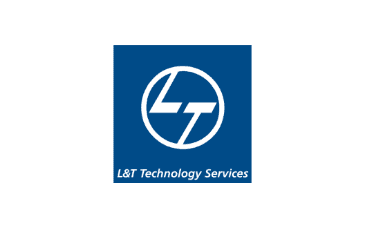
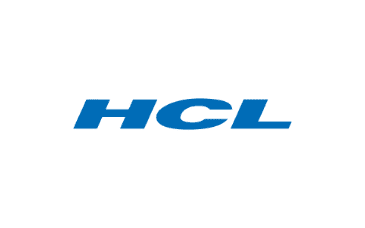

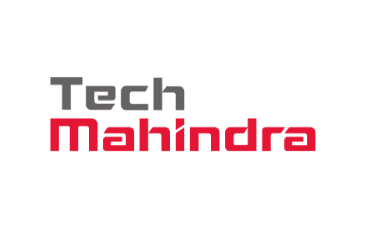
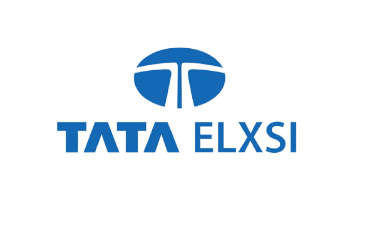
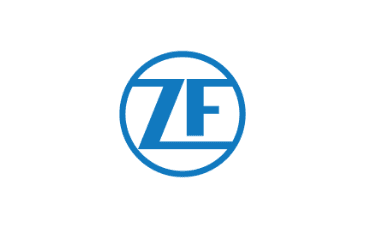


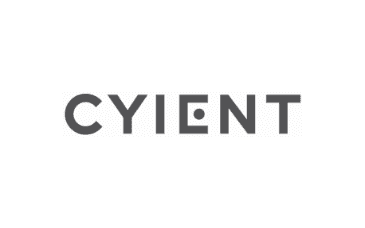

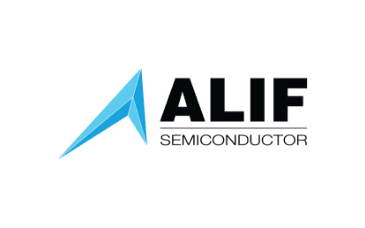


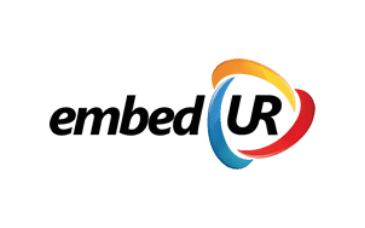

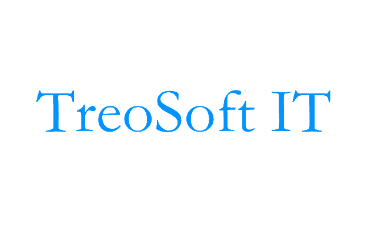
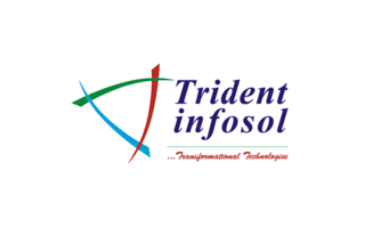

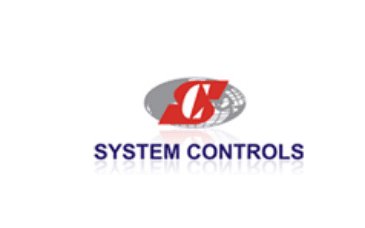
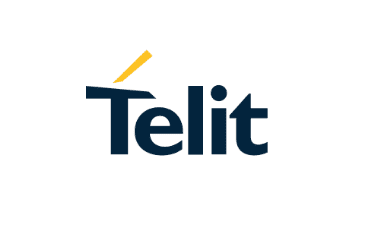
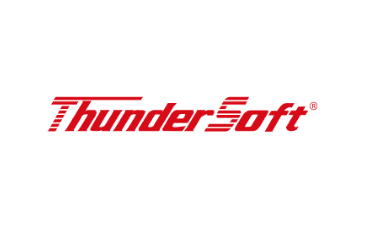

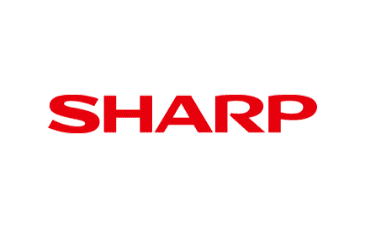

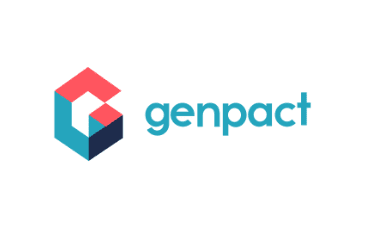
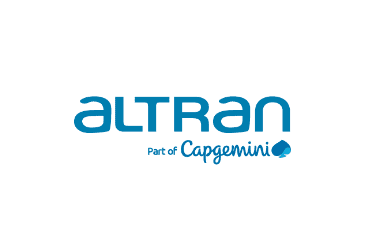
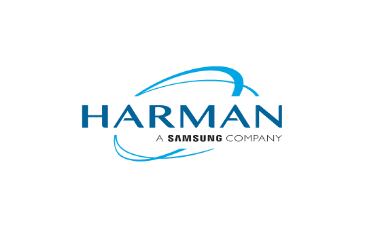

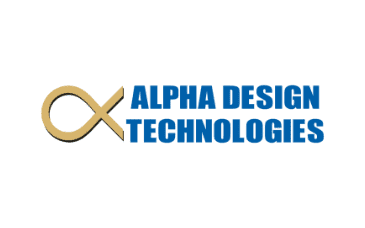


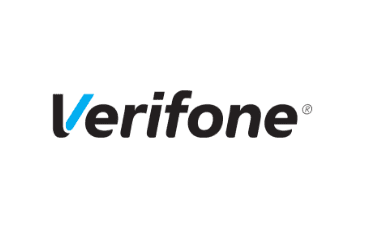


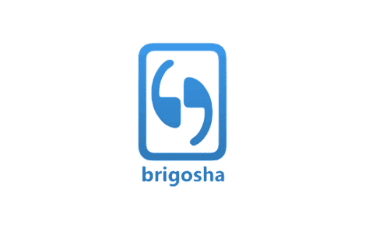

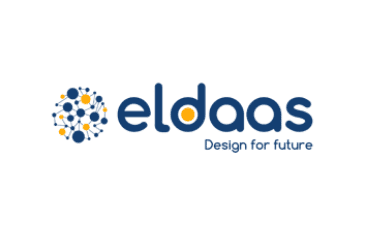
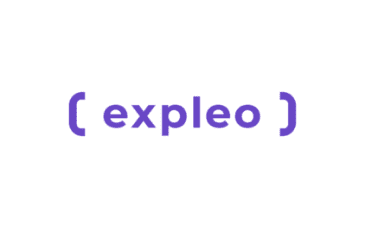
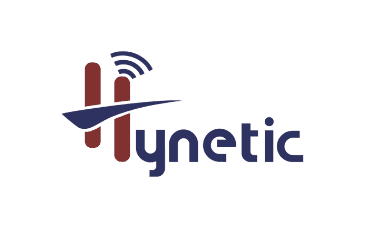
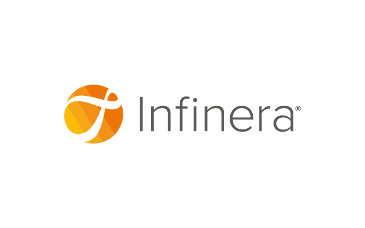
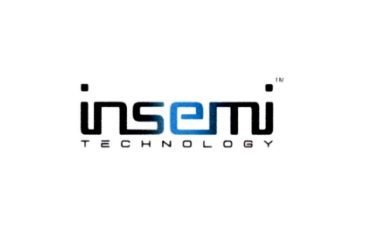
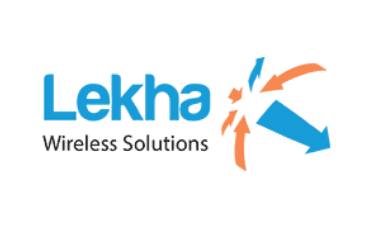

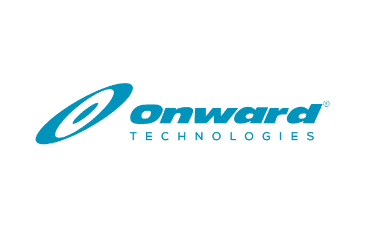

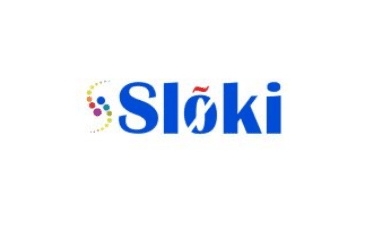
FAQs
What is the Internet of Things (IoT) Programming?
IoT Programming involves working with data to produce outcomes. Besides using programming languages, well-known data analysis frameworks used in data science have a major role to play.
How long does it take to learn IoT?
The bigger question is, how long does it take to unlearn IoT assumptions? IoT has hundreds of use cases. The numerous diversities can be confusing, since there are flavors of the same use case in different industries and different systems, providing thousands of examples. So let’s change the question to this: How long does it take to apply IoT to get an outcome that helps resolve a problem?
It is important to identify a problem look for an answer and avoid using an IoT idea to look for a problem, which happens too often. So, for home automation, where the apps are built using components from smartphone app stores, it takes an evening to get started. To get a Raspberry Pi running with input/output in the physical world takes a day on average, assuming you can use a Raspberry Pi. For a first business application, a few days, maybe weeks, maybe needed, depending on the complexity. Once you have experience with the first use case, it becomes easier, and then it takes three to five intensive weeks to understand the core use cases associated with the main outcomes.
Why should we learn about IoT?
Internet of Things is a very broad domain. In a nutshell, it’s to identify embedded devices and integrate them with web services.
Look for any technology trend or the most emerging technology, and I am sure that you will find something saying ‘connected’ or ‘smart’ or ‘intelligent’ on each page.
From your smartphone, the smartwatch to the refrigerator is getting smarter and interconnected to many other devices in order to share data.
Think about big IT companies, manufacturers, and production. Everyone wants automation in one or another way. And it is not going to stop anytime soon. The idea of connecting unlimited devices to do things better, safer, faster, and easier has been considered a competitive advantage.
Learning about IoT helps IT decision-makers propose innovations that can drive improved business and personal outcomes. Implementing new solutions can save money and time, as well as improve safety and efficiency.
Which language is used for IoT?
Many languages are used for IoT such as C, C++, Java, and Python.
For IoT hardware with low computing power and constrained RAM C language is of choice but for gateways and cloud platforms java is the top choice.
Who should take this IOT Training Course?
Any Engineering/Science graduate with a keen interest in IoT can take this IOT course.
Electronic hardware and Networking knowledge will be an added advantage. We provide basic hardware and programming skills required to learn IoT.
What is the scope of IoT in India?
As India is a developing country, it has a wide IoT scope. According to Naukri.com, the future scope of IoT in India is very high as there are 117,114 job openings for IoT developers here. On the other hand, in the United States, the demand for an IoT Developer has jumped over 300 percent.
As we know that today every electronic device comes with an installed IoT system, and there is the bright future scope for IoT.
Testimonials

Jayashankar
Cranes is the best IOT Training institute in Bangalore. I gave my best performance in the course and got the ultimate trainers who are always ready to clear our doubts. Cranes helped me gain confidence to face interviews on IoT in Embedded Systems, which further helped me get through the interviews. They provided me with such a great opportunity to work for a company like Hyundai.

Satyanarayan
Cranes Varsity’s IOT Course is designed to provide theoretical and application-oriented training on real-time projects, thereby bridging the gap between academic skills and industry requirements. It is a very reliable organization, and one can hope for a great career in the corporate industry. I joined Cranes varsity, and today I am happily working as an IoT Analyst. Thanks to the excellent trainers and Cranes varsity placements.

Jayashree
PG Diploma in IOT Embedded Technology is a comprehensive course, and highly skilled faculties helped me gain my knowledge and confidence in IoT. I am really thankful to all my trainers for their support in IoT training and IoT Applications development.

Neeraj
I appreciate the IOT Course Syllabus at Cranes Varsity for its compactness and the good balance between theory classes and practicals. I am thankful to all the trainers for helping me to achieve a good position. The friendly and cooperative atmosphere makes it a joy to study here.

Kishore
Cranes varsity is the best place to learn IOT Course in Bangalore. I am very much grateful to the delivery and the management team of cranes varsity. They provided me with the knowledge and good opportunities which helped me to stand out from the crowd and got me placed. Once again, a big thanks to the complete cranes’ faculty as well as management.

Ramachandra
First, I would like to thank CRANES VARSITY for giving me this opportunity. Cranes is the TOP IOT Training Institute in Bangalore. The approach of training by CRANES VARSITY is really excellent and close to Industry requirements. All the trainers are knowledgeable. They have cleared all my doubts on the IoT and the usage of IoT in Embedded Systems. That helped me to get placed. Finally, I am very thankful to CRANES VARSITY and all the trainers.



